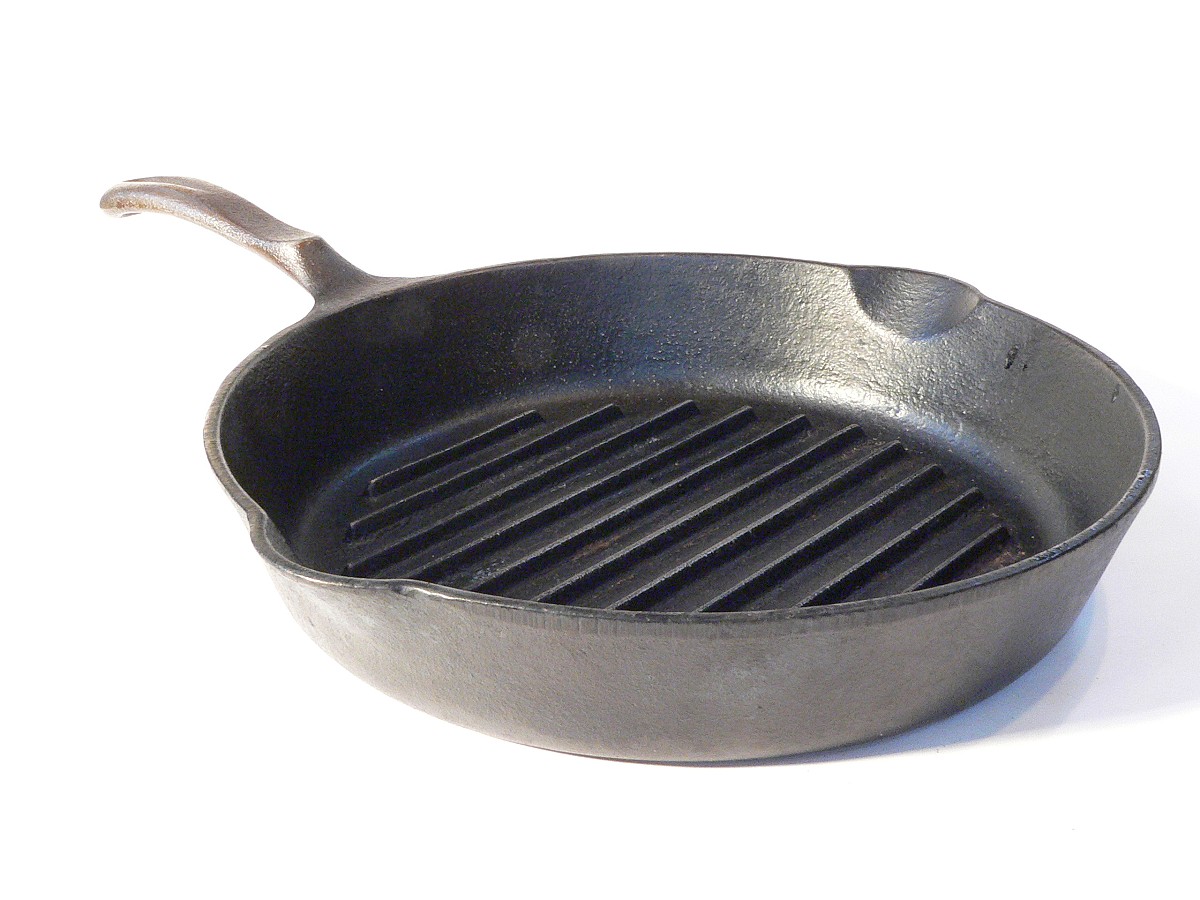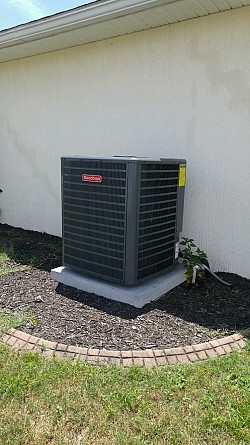The 5-Second Rule and Other Kitchen Safety Myths
 A surprising amount of research has gone into testing the validity of the “5-second rule.” However, the findings are that any food you drop on the floor is instantly contaminated with bacteria. The surface doesn't matter – tile, wood, or carpet. The only difference is how much the dropped food item is contaminated, depending on the surface texture and the amount of moisture involved. A 2006 study determined that Salmonella bacteria remained active for 28 days on a dry surface.
A surprising amount of research has gone into testing the validity of the “5-second rule.” However, the findings are that any food you drop on the floor is instantly contaminated with bacteria. The surface doesn't matter – tile, wood, or carpet. The only difference is how much the dropped food item is contaminated, depending on the surface texture and the amount of moisture involved. A 2006 study determined that Salmonella bacteria remained active for 28 days on a dry surface.
The 5-second rule (also known as the 3-second or 10-second rule) is probably one of the most popular and prevalent kitchen myths. However, here are six other unsanitary kitchen habits that can lead to food-borne illness.
1. Myth: Using a wet sponge or cloth for clean-up is perfectly safe.
Fact: Wiping with a sponge or cloth usually spreads more germs than it picks up. The only time you should use a sponge or rag for cleanup is if it is brand new or very well cleaned. Use one cloth per food preparing session. Have a separate cloth just for wiping off your hands. Sponges can be sanitized in the dishwasher or by placing them (moist) in the microwave for 30 seconds.
If you do use a sponge or cloth to clean kitchen surfaces, be sure to moisten it with hot, soapy water, and then thoroughly dry the surface. It is best to use paper towels (recycled of course) for any cleanup.
2. Myth: Using the same cutting board for meat and vegetables is OK.
Fact: Meat, poultry, and eggs should be kept separate from all other foods – period. If you have been handling meats or poultry, wash your hands. Otherwise, everything you touch, including phones and doorknobs, will be contaminated. I have come to prefer lever faucets instead of screw-tops. I am less likely to contaminate the faucet handle if I can use the back of my hand or wrist to turn the water on or off. After preparing raw meats, it is also good to clean up using a mild bleach solution.
The news is rife with E. coli scares occurring in the food industry. People have gotten sick and some have died as a result of contaminated foods. Contamination and the resulting illness can easily happen in your own home. Those most at risk are the elderly, children, and people with compromised immune systems.
3. Myth: A box of baking soda in the refrigerator will remove any bad odors.
Fact: It was a great marketing idea, but that box of baking soda does little to remove smells from your refrigerator. (Besides, bad odors can be a sign that it's time to get rid of the food that's causing them.) You are better off covering the food you store in the fridge, cleaning the shelves regularly, and tossing old food after a few days.
4. Myth: Never use soap on your cast iron cookware; soap will destroy the “seasoning.”
Fact: I personally believed this one for a long time. I never felt entirely comfortable with the leftover greasy residue, however slight, when I didn’t use soap to clean my cast iron, but I was admonished by more than one person never to let a drop of soap touch those pans.
In fact, most cast iron cookware today comes pre-seasoned. You can, and should, use a mild soap to clean your cast iron cookware. Do not, however, use harsh soaps or abrasives, or place your cast iron cookware in the dishwasher -- that will destroy the seasoning.
Cast iron pans are seasoned when fat molecules come in contact with heat, such as while cooking. The molecules bond with the iron, creating a surface that prohibits sticking. Leftover grease just gets rancid and collects dust and bacteria.
5. Myth: Rinsing is adequate cleaning.
Fact: How many of us have had that quick glass of water, given the glass a quick rinse, and popped it into the dish drainer? Or perhaps we have a pair of “kitchen scissors” that we use to snip bacon fat, open packages, cut off shrimp tails etc. Or maybe you ate a bowl of crackers or chips. Seems like a quick rinse is all it needs, right?
If you are touching or placing your mouth on your dishware, or any cooking implement such as a “tasting spoon,” that item needs to be washed in hot soapy water or placed in the dishwasher. Same goes for any cooking implement that is coming in contact with raw meat.
6. Myth: Cats (and other pets) on counters and tables are perfectly fine.
Fact: We’ve all seen those mugs and T-shirts extolling the happy acceptance of pet hair in food because the owner loves their dogs and cats so very much. Cats and dogs are pretty smart. They are easily trained to not go onto countertops and tables. I have known numerous people who have seen no problem with pets on the counters. There are reasons why humans aren’t allowed even to enter restaurants with no shoes or shirt.
Your pets walk through all manner of things such as kitty litter boxes. Pets drop hair, and potentially worms or other nasties. If your pets have been on your tables and counters, use a mild bleach solution to clean up before preparing food.
Yes, most of us will survive ingesting some unhealthy bacteria. An old proverb states, “We all have to eat a peck of dirt before we die.” Nor do I suggest going crazy with cleaning. However, there is room for improvement in just about everyone's cleaning habits.
If you'd like help with your housework, find a reliable professional cleaning service.
Updated January 7, 2018.
Looking for a Pro? Call us (866) 441-6648

Cleaning Average Costs
Cleaning Services Experiences

Siding And Roof Replacement By The Same Contractor

Time To Replace The Heat Pump – Before It Broke Down Completely



